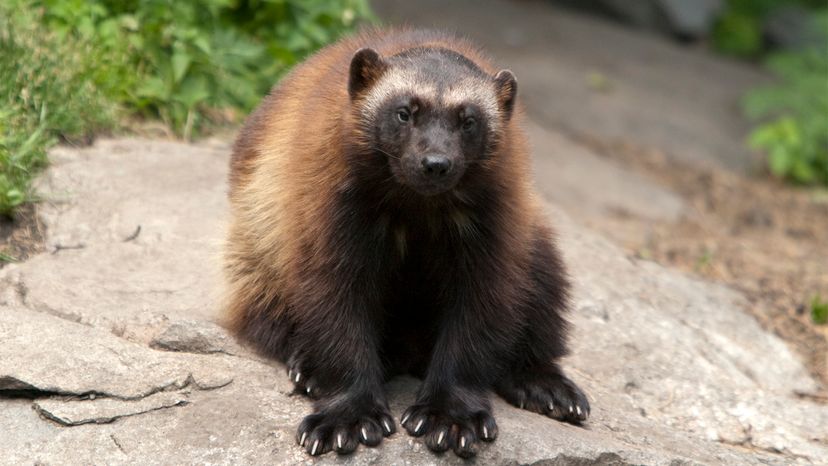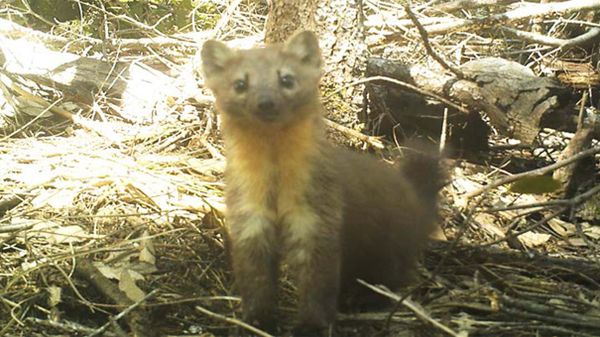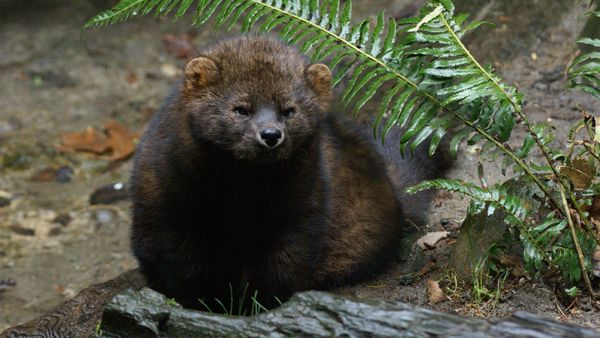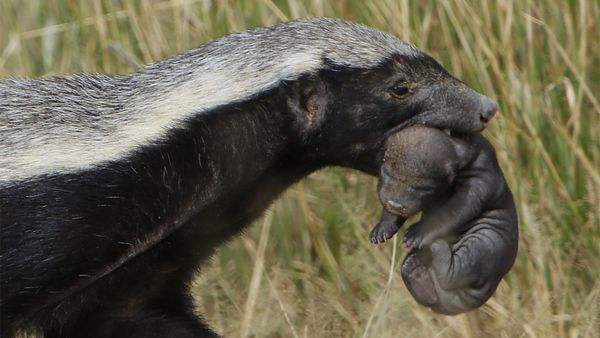While curious and fearless, wolverines are almost pathologically cagey. They're nocturnal, so they're used to slinking around in the shadows — and they've been known to stalk researchers for miles without being spotted. And just as fur trappers of old had a difficult time catching wolverines (and preventing them from robbing their traps), modern researchers have a hard time finding, following and catching them.
"They're wily, clever and playful — it's very hard to trap a wolverine if you're trying to catch it to kill it, but they know when a research live-trap is out and they'll return again and again for a free meal," says Watters. "Sometimes they'll take apart the camera traps that are set up nearby, or play with loose ropes or wires."
But as difficult as they are to find in the flesh, it's not tough to find where they've been. One of the common names for wolverines is "skunk bear" or "stink bear" because they spray various landmarks (and sometimes their enemies) with a special concoction of methylbutanoic acids (the smell of which has variously been described as "sweaty," "cheesy" and "like a barnyard") that comes from their anal gland. They do this to communicate with each other, since one male might have three or more females living in his territory, raising his kits, or babies, with him (males do help raise the babies). Wolverines also communicate vocally with each other, and especially their kits.
Although wolverines are currently considered a species of least concern, having bounced back after nearly going extinct during the 19th century due to habitat loss and aggressive hunting, poisoning and extermination campaigns, they're currently facing new threats:.
"Habitat loss and fragmentation are issues for the population in the lower 48 states, due to development," says Watters. "Wolverines require cold and snow, which is mostly found at high elevations in the lower 48. Wolverines have very large territories, so a single mountain range can only hold a few adult animals, and young animals have to find uninhabited territories, often in a different range, if they want to reproduce. All of this is, of course, compounded by climate change, which is reducing the amount of cold and snowy habitat in the mountains. As the snowy winter season becomes shorter, wolverine habitat shrinks."



